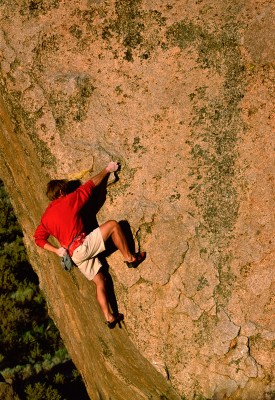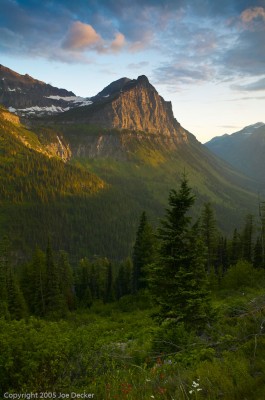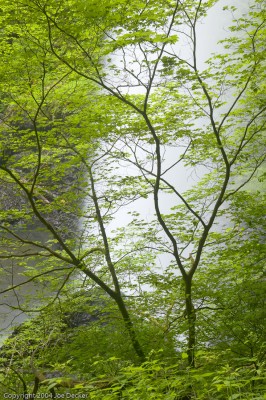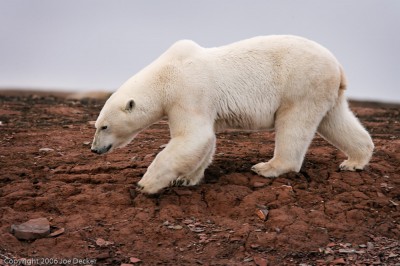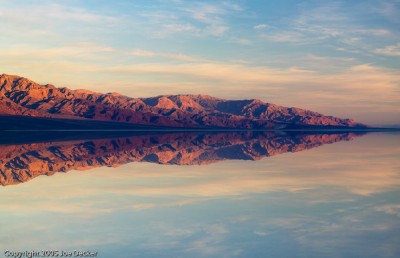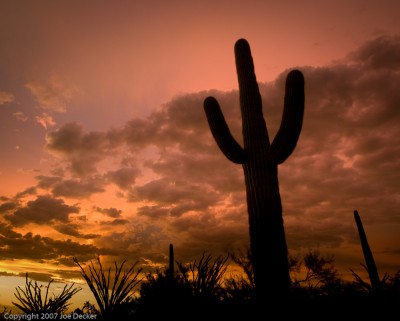The Tuesday Composition: Space to Move Into, Space to Look Into
If you like this article, you can now get the book! Joe has expanded the “Tuesday Composition” series into an inspiring new ebook on composition, especially for nature photography. Check it out: The Tuesday Composition.
We’ve talked a fair bit about symmetry and asymmetry, it’s time now to talk about direction-various meanings and feelings that come along with where in absolute terms we place subjects in an image. There are several concepts “in play” when we talk about direction, so I’ll be devoting two, perhaps three columns of the Tuesday Composition to the topic.
The connection between direction and movement is a significant part of deciding where to best place objects in an image. When we have a moving subject in a scene, we often find it more natural when there’s more room “in front of” the moving object than behind it. That additional space we give the object to “move into” seems to suggest more movement from the object and can be part of telling a story about where the object is going to.
In Casual Climbing, providing the rock climber more space to ‘climb into” contributed to a sense of movement and also provided, along with other cues, a sense of danger and excitement. We’re left with no doubt that the climber is heading up. (more…)
